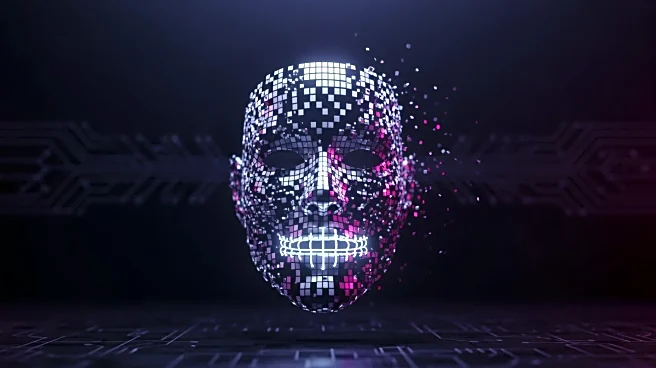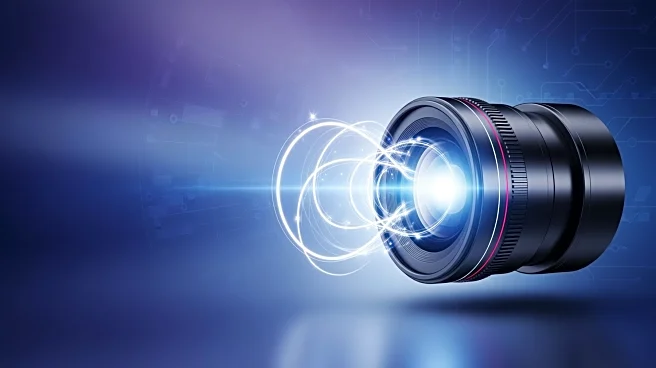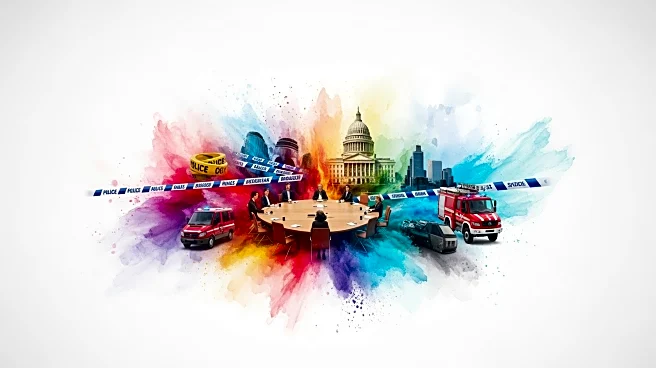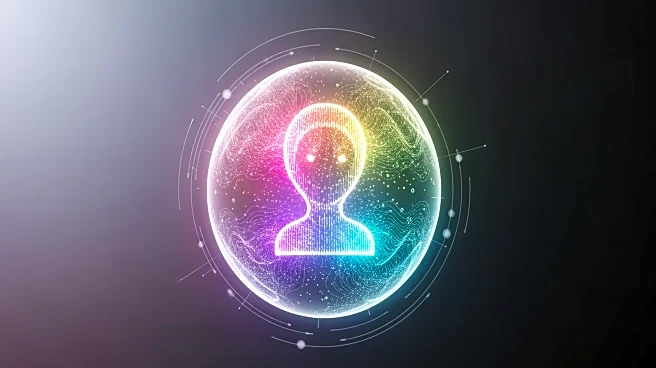What's Happening?
AI image generators have become essential tools for various applications, but creating high-quality images requires strategic prompt engineering. Users must select the appropriate AI service based on their
project needs, budget, and experience level. Popular services like Dall-E 3, Leonardo AI, and Canva offer different features and pricing models. Writing effective prompts involves specifying characters, settings, artistic styles, and colors. Post-generation editing is often necessary, but over-editing can lead to unusable images. Properly crediting AI-generated images is crucial to distinguish them from human-created art, and users must be aware of legal and ethical considerations.
Why It's Important?
The rise of AI image generators is transforming creative industries, offering new possibilities for artists and non-creatives alike. However, the technology raises concerns about copyright infringement and the ethical use of AI-generated content. As AI tools improve, the distinction between AI and human-created art becomes increasingly important, impacting how content is perceived and valued. The ability to generate images quickly and easily democratizes art creation but also challenges traditional notions of authorship and originality.
Beyond the Headlines
The use of AI image generators prompts discussions about the future of creativity and the role of technology in artistic expression. As AI services evolve, the legal and ethical frameworks governing their use are likely to change, influencing how creators and consumers interact with digital content. The potential for AI-generated images to mislead or misinform underscores the need for transparency and responsible use in the tech industry.











